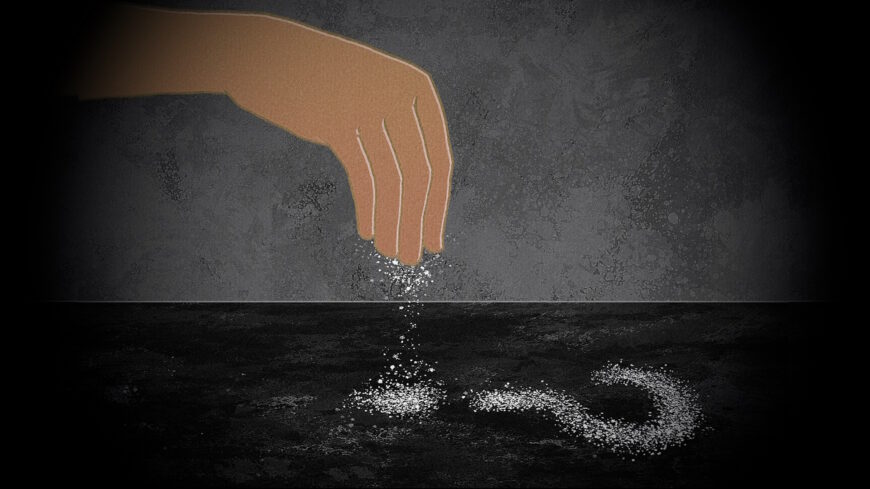
Virologists’ Misunderstanding About Viruses and Their Isolation
by Dr. Saeed Qureshi, Ph.D., Bioanalyticx
November 29, 2023
I watched a recent interview (link) of Prof. Syed Sattar (Retired Professor of Virology from the University of OTTAWA, Canada), who is still active in the area. He is a great friend, and I greatly admire his academic credentials and achievements. I have known him personally and professionally, at least for twenty years.
I find the interview informative, describing the fundamental concepts of virology, notably virus isolation. That is, how the virus isolation concepts are illustrated in virology literature, which Prof. Sattar emphasized as well-established practices and routines in virology laboratories.
However, issues and confusion arise when virologists, including Prof. Sattar, describe isolation as “culturing or its part” as a virus. It is essentially their critical misunderstanding, i.e., considering “culture” and the “virus” as the same thing. In reality and scientifically, they have to be and are two separate entities. I often describe the difference between the two as being chicken (“virus”) and “soup,” which may or may not contain the chicken/virus.
To show the presence or existence of a virus, the virus (if there) must be isolated or separated from the culture. The separation of the virus from culture and its content is called the “isolation” step, which has never been done. This is the confusion or misunderstanding virologists and microbiologists have and are unwilling to take the time to consider or evaluate.
They often defend their position by arguing that viruses (particles) are minute in size and number and cannot be seen or isolated (separated) from cells (culture) to observe. Therefore, viruses and culture have to go together and side by side. Hence, it resulted in considering/calling culturing or culture a “virus.”
It is to be noted that there is no objection to the culturing step, which, in reality, is a fermentation step for growing or multiplying the viruses. However, once the viruses are sufficiently multiplied, they MUST be isolated or separated to evaluate their identity and characteristics, such as structure, RNA/DNA proteins, etc. This step is missing.
So, effectively, virologists work with cultures but make claims about them as “viruses.” It is like working with debris from a forest but selling it as novel and rare wood dust particles.
Seeing the photographs with low or high-resolution microscopes does not establish the presence of something, just like seeing small yellow particles would not confirm the presence of gold in the sample. The particles must be isolated/separated to characterize them.
It is an invalid argument that viruses are small (in size and number), so they cannot be seen without culturing or separating from cells. Smaller items like carbon, hydrogen atoms, and molecules are commonly available in isolated and purified forms with full characterization or certifications.
If the claim is that there are viruses, then these entities, considered particles, must be available in, isolated, purified, and fully characterized. Nothing of this nature is available, including for the coronaviruses. Calling or considering cultures/isolates as viruses is an incorrect understanding that needs to be abandoned.
Links to some articles for further information on the topic:
- Buyer Beware! (link)
- Centrifugation Does Not Isolate (link)
- COVID Virus: Isolate, isolated, and isolation – a picture is worth a thousand words (link)
- Gain Of Function Research – As Fake As The Virus! (link)
- My training and expertise – people ask! (link)
- For more (link)
Connect with Dr. Saeed Qureshi, Ph.D.
Cover image credit: CDD20

Truth Comes to Light highlights writers and video creators who ask the difficult questions while sharing their unique insights and visions.
Everything posted on this site is done in the spirit of conversation. Please do your own research and trust yourself when reading and giving consideration to anything that appears here or anywhere else.











